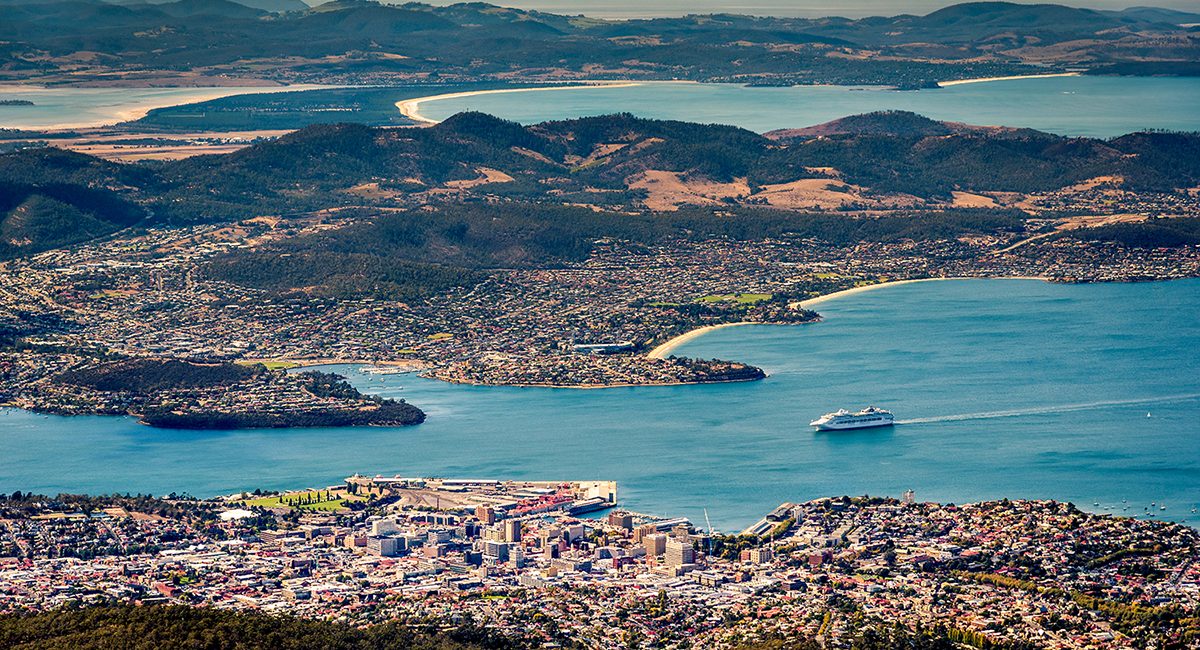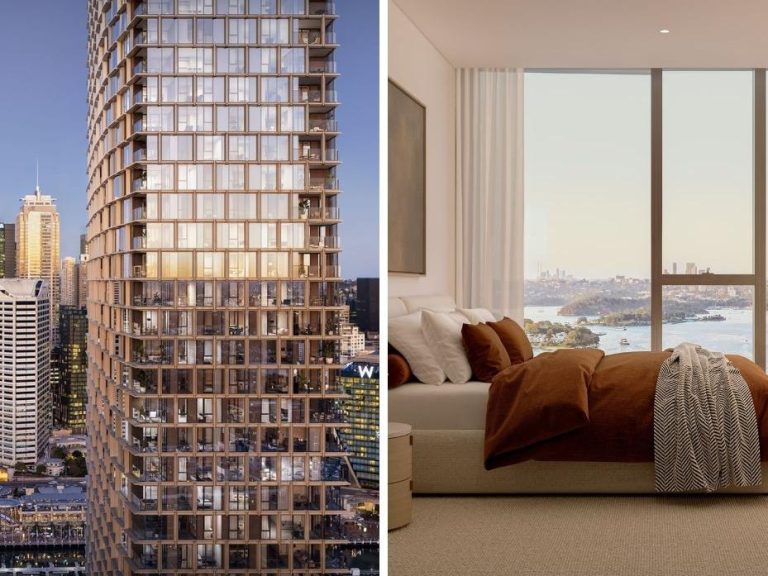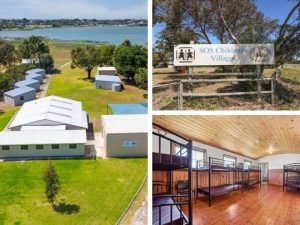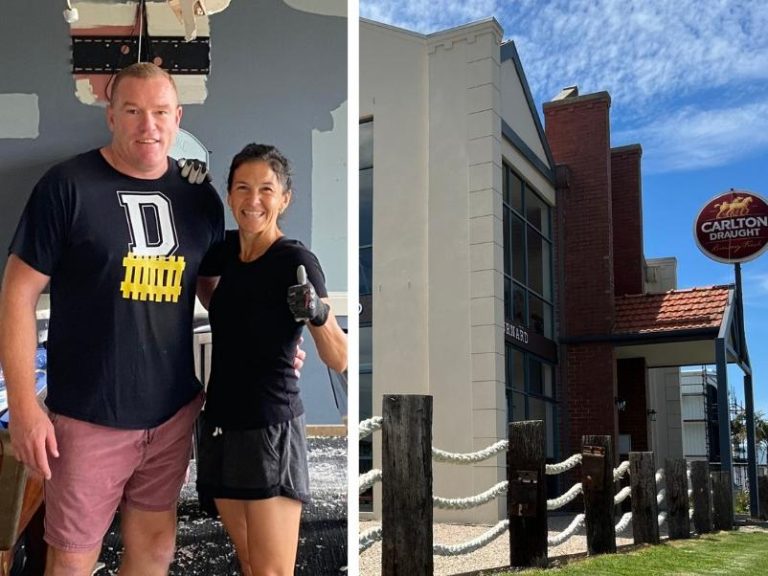Hobart height limits debate to come to a head

The Property Council has called for the Tasmanian Government to intervene in the height limit vote that will go before Hobart City Council tonight.
It comes as the Mercury revealed Reserve Bank of Australia research shows building restrictions have about a 40 per cent effect on housing prices.
Property Council of Australia Tasmanian executive director Brian Wightman said the proposal to be considered by the council went too far and wasn’t backed up by any detailed analysis.
“At the very least, and because Hobart City Council refuses to, the State Government should urgently commission modelling to understand the full social, economic and housing impacts of reducing building heights,” he said.
“If building heights are capped, then it’s going to mean fewer housing developments for Hobart and the problems are going to get much worse.”
He said the State Opposition should also support government modelling on the effect of building heights on housing supply given Federal Labor Leader Bill Shorten’s commitment yesterday to look at increasing housing supply to improve affordability.
Wightman urged the council not to rush through changes on the eve of Christmas without proper consultation.
EARLIER: Reserve Bank of Australia research showing that building restrictions contributes about 40% to housing prices has Hobart Alderman Simon Behrakis concerned.
Last Monday, the Hobart City Council planning committee endorsed Lord Mayor Anna Reynolds’s amendment to lower heights in the CBD from the 60m recommended in the council-commissioned Leigh Woolley report to 45m.

Hobart City Council Alderman Simon Behrakis. Picture: LUKE BOWDEN
The council will on Monday night vote on the motion, which will form the council’s recommendation to the Tasmanian Planning Commission.
The RBA report, released earlier this year, looked at zoning restrictions, including building heights, and what effect it had on housing prices.
Ald Behrakis says the RBA report and others shows building restrictions make up a high component of housing costs.
“The ongoing debate around setting an upper limit for building heights in Hobart has the potential to decide the fate of our city for decades to come,” he says.
“With so many signs at possible side-effects from these changes, we need to make absolutely sure any figures are set by research and not arbitrarily pulled out of the ether.”
Ald Reynolds does not agree with arguments trying to link height limits with housing affordability as they were “simplistic, absurd and unsubstantiated”.
“Increasing density and building more apartments in Hobart certainly forms one part of the answer for tackling our current housing squeeze, but that is not achieved simply through increasing height limits and creating taller and taller buildings,” she says.

Hobart Lord Mayor Anna Reynolds has defended the proposal to lower height limits in Hobart’s CBD. Picture: EDDIE SAFARIK
“Medium-rise, medium-density developments of three to seven storeys can also achieve greater housing supply and choice, while at the same time providing access to open space, the benefits of an urban lifestyle, reduced dependency on private vehicles, more energy efficiency and the retention of existing neighbourhood character.”
Alderman Holly Ewin believes a 45m cap may be too low.
“Housing is a higher priority to me than keeping the city looking nice for a select few people who have already got their houses,” she says.
“We don’t need skyscrapers but I think 45m is probably too low.”
Hobart developer Quinten Villanueva says he is not opposed to building height limits if reports are completed in conjunction with these proposed changes and conclude there will be no impact on housing affordability.
“The assumption that housing can so easily be developed affordably on a low scale is untrue,” he says.
This article from The Mercury originally appeared as “Rising tensions in debate over building height limits in Hobart CBD as calls emerge for government intervention”.







